The Book of Mormon is a sacred book of scripture in The Church of Jesus Christ of Latter-day Saints (which church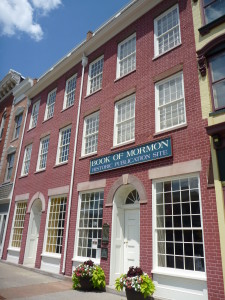 is frequently misnamed the “Mormon Church”). It was originally printed in 1830 by E. B. Grandin in Palmyra, New York. The original order was for 5,000 copies. The miraculous thing is that this order was completed in 200 days, a feat which many experts today seem to think is impossible given the technology available at the time. Yet, it is well documented that the 5,000 copies were completed in such a short time.
is frequently misnamed the “Mormon Church”). It was originally printed in 1830 by E. B. Grandin in Palmyra, New York. The original order was for 5,000 copies. The miraculous thing is that this order was completed in 200 days, a feat which many experts today seem to think is impossible given the technology available at the time. Yet, it is well documented that the 5,000 copies were completed in such a short time.
The wonderful Crandall Historical Printing Museum in Provo, Utah, undertook in January 2013 to re-enact the original printing 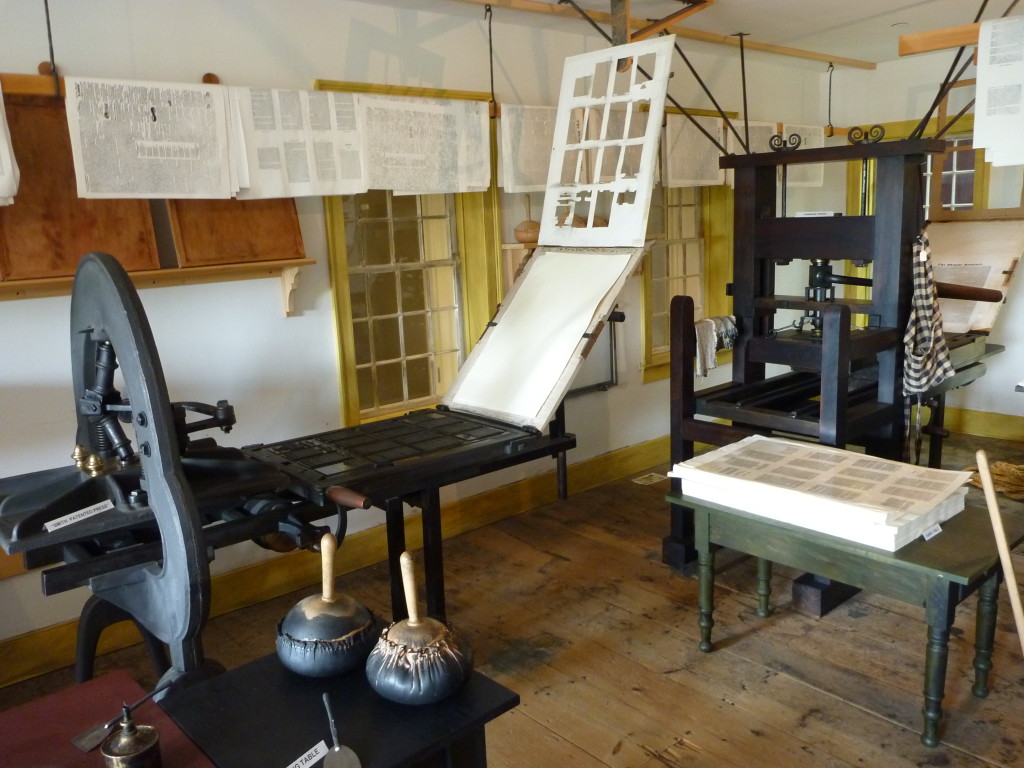 of the Book of Mormon. The Crandall museum has a working copy of the printing press used to print the original 5,000 copies of the Book of Mormon, and it was on this that they tried to duplicate the original process.
of the Book of Mormon. The Crandall museum has a working copy of the printing press used to print the original 5,000 copies of the Book of Mormon, and it was on this that they tried to duplicate the original process.
The original press was capable of printing 16 pages at a time. The Grandin Building in New York is set up today as the original shop was set up. It allows visitors the chance to see how the printing process worked. The wonderful thing about the Crandall museum (275 East Center Street in Provo) is that it allows 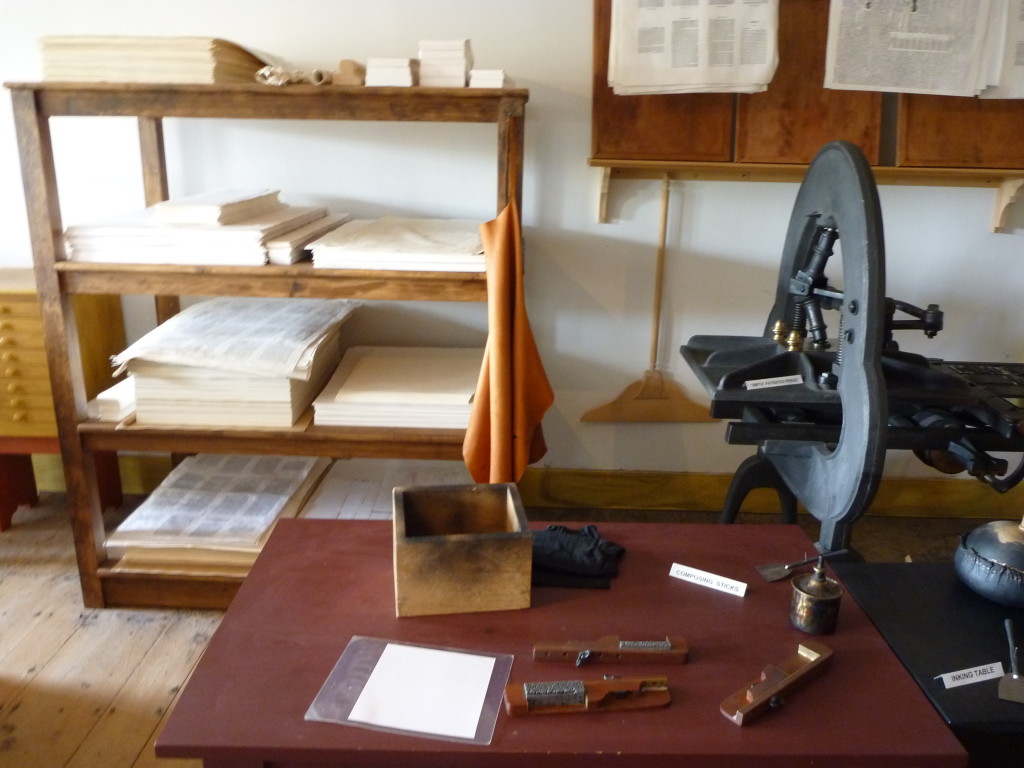 visitors to see the same process all the way across the country and gives them a historical lesson on printing in general and how its history still affects us today.
visitors to see the same process all the way across the country and gives them a historical lesson on printing in general and how its history still affects us today.
The first step in the printing process was for the printer to look at the manuscript and begin to take individual metal letters and recreate the text in what was called a composing stick. This held a few lines’ worth of text in the width of a printed column. The letters placed in the composing stick were pulled from their storage places. The capital letters were held in the upper case and the small letters were held in the lower case, which is where the term “upper- and lower-case letters” comes from. The text (including  punctuation) in the composing stick was the mirror image of the printed page. Once it was full, the letters were transferred to the printing press.
punctuation) in the composing stick was the mirror image of the printed page. Once it was full, the letters were transferred to the printing press.
The printing press would hold 16 pages’ worth of text. Once they were all filled, workers would ink the press, lay the paper down, and run it through the press. Once folded and cut according to directions, these stacks of paper were compiled into signatures. Signatures can be thought of as mini books. It takes a stack of signatures to make a whole book. Once all the necessary signatures were completed, they were stacked and trimmed to make the pages even. They were then sewn together and compressed very tightly to reduce their size. Finally they were glued and bound.
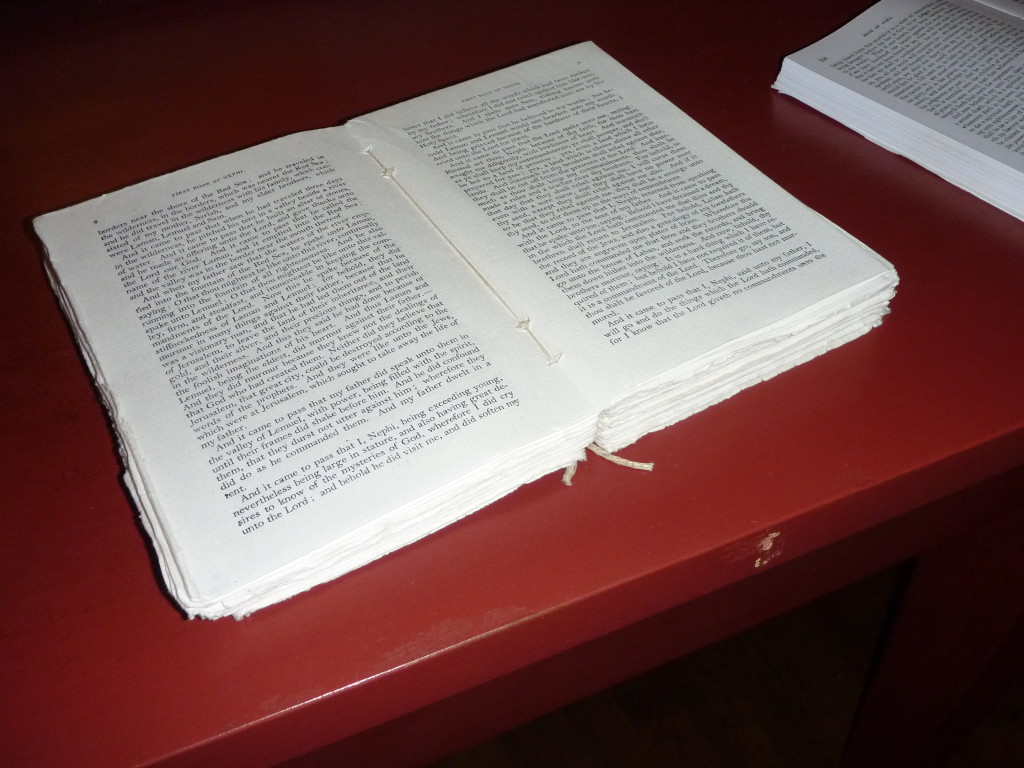 I have had the opportunity to visit both the Grandin Building and the Crandall Historical Printing Museum. Each place holds a special spirit which testifies of the hand of the Lord being in the bringing forth of the Book of Mormon. The Crandall museum follows the hand of the Lord through history, through the invention of the printing press and how the chain of events came down through time to make all Holy Scripture available to everyone. The Grandin Building gives visitors the opportunity to put into context the publication of the Book of Mormon and the miracles that were involved in getting it to the world.
I have had the opportunity to visit both the Grandin Building and the Crandall Historical Printing Museum. Each place holds a special spirit which testifies of the hand of the Lord being in the bringing forth of the Book of Mormon. The Crandall museum follows the hand of the Lord through history, through the invention of the printing press and how the chain of events came down through time to make all Holy Scripture available to everyone. The Grandin Building gives visitors the opportunity to put into context the publication of the Book of Mormon and the miracles that were involved in getting it to the world.
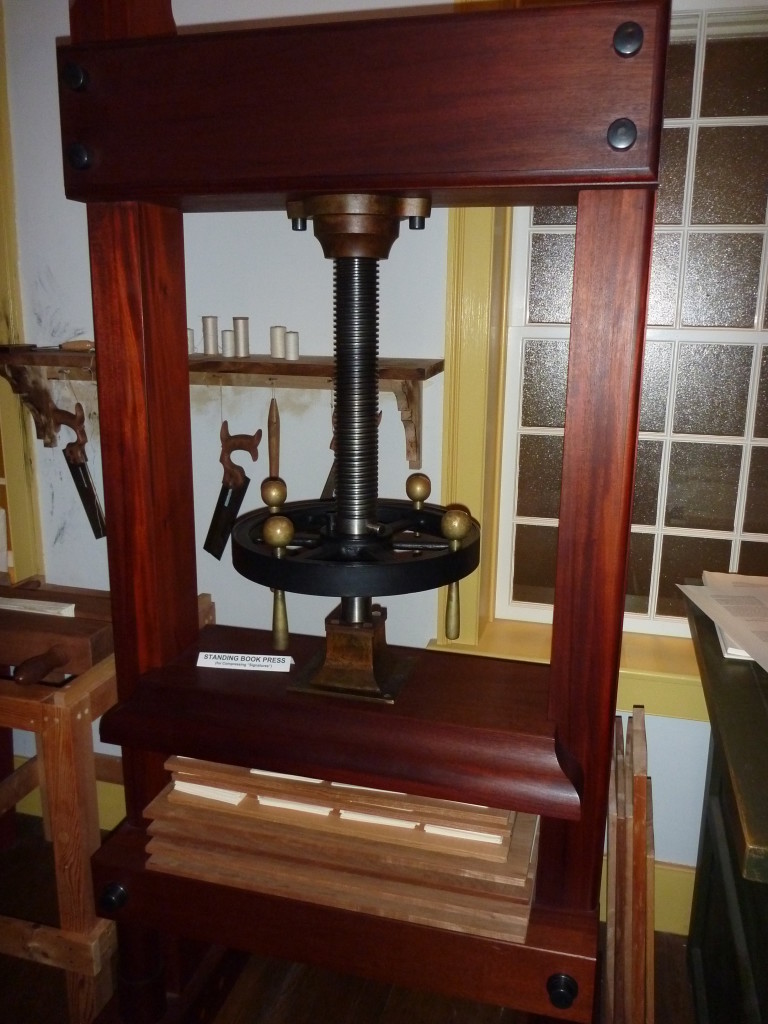 It is a wonderful experience to be reminded that the hand of the Lord is in all things and that nothing can stop His work from being accomplished. Sometimes in today’s world it seems the adversary is attacking us on all sides. It can be overwhelming and sometimes cause us to despair, but he will not come off conqueror. We are promised that God will win (and in effect, has already won) this battle. While evil and wickedness seems to prevail around us now, God has already conquered him and we can put our faith in God.
It is a wonderful experience to be reminded that the hand of the Lord is in all things and that nothing can stop His work from being accomplished. Sometimes in today’s world it seems the adversary is attacking us on all sides. It can be overwhelming and sometimes cause us to despair, but he will not come off conqueror. We are promised that God will win (and in effect, has already won) this battle. While evil and wickedness seems to prevail around us now, God has already conquered him and we can put our faith in God.
The blessings of Holy Scripture in our life, including the Book of Mormon, reveal to us God’s will. When we read scripture, we read the voice of the Lord and are told exactly what we need to do to return to Him.
http://www.youtube.com/watch?v=UdGI1_F0Gmk&feature=share&list=PLupv77S9HWjVHXP2WUofa9KeJOFt6bHOM

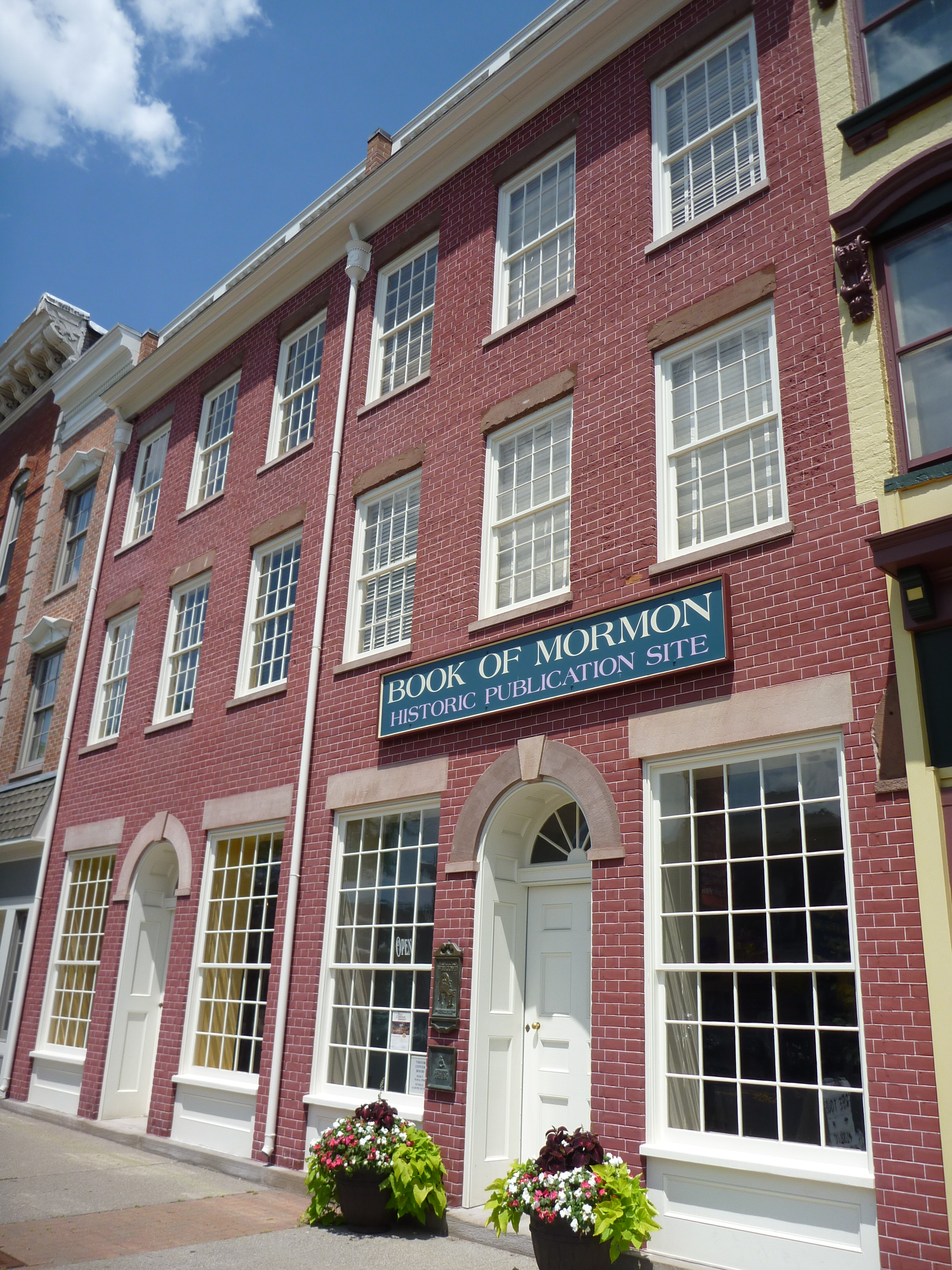
 Watch a video about the restoration of the gospel on lds.org
Watch a video about the restoration of the gospel on lds.org